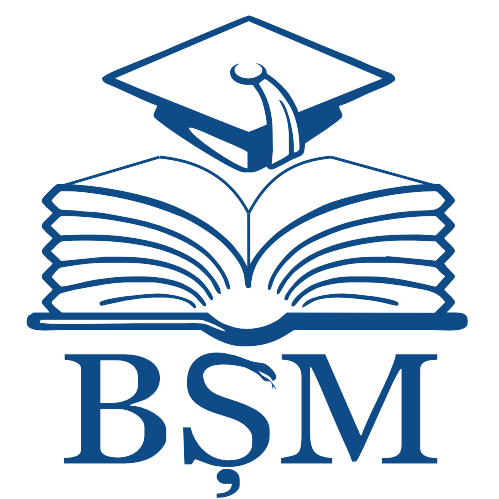- IRMS - Nicolae Testemitanu SUMPh
- 2. FACULTATEA DE MEDICINĂ nr.1 / FACULTY OF MEDICINE nr.1
- Catedra de anatomie a omului
- Conferinţa Ştiinţifică Internaţională PROBLEME ACTUALE ALE MORFOLOGIEI
- PROBLEME ACTUALE ALE MORFOLOGIEI 2015
Please use this identifier to cite or link to this item:
http://hdl.handle.net/20.500.12710/13669
| Title: | Argumentarea anatomo–clinică contemporană a acupuncturii ca metodă de analgezie |
| Other Titles: | Modern anatomo–clinical argumentation of the a acupuncture as a method for analgesia |
| Authors: | Suvac, A.
Turchin, R.
Topor, B. |
| Keywords: | acupuncture;analgesia;postoperative pain |
| Issue Date: | Oct-2015 |
| Publisher: | Probleme actuale ale morfologiei: Materialele Conferinţei ştiinţifice internaţionale |
| Abstract: | Abstract
Background: Acupuncture is a therapeutic method that comes from China and is based on the meridian’s theory.
Many analgesic drugs used for postoperative pain have a number of side effects. Acupuncture claims to develop a maximum therapeutic effect with reduced side effects.
Material and methods: Individualized set of acupuncture needles; visual analogical-scale; tonometer; thermometer;
questionnaire for evaluation of postoperative pain management; questionnaire for assessing the patient satisfaction about acute postoperative pain management; informed consent of the patient included in the study. The study included 14
patients who underwent a microsurgical intervention on the hand (amputation of two fingers). They were divided into
two. Patients of the first group received 3 sessions of acupuncture and Baralgin. Those in the second group followed only
promedol. Patients were evaluated according to objective and subjective criteria: visual-analogical scale (VAS), personal
convenience, blood pressure, temperature, respiratory rate, heart rate.
136
Results: Patients who received acupuncture showed normalization of objective and subjective indicators and the
absence of any adverse effects.
Conclusions: 1. Acupuncture is a method of therapy based on stimulation of acupoints that frequently correspond
to nerve formations; 2. The analgesic effect of acupuncture allow the exclusion of opioid analgesics and use of minor analgesics for postoperative pain management; 3. Acupuncture in combination with minor analgesics provides postoperative
pain soothing and early improving of objective indicators. |
| URI: | https://repository.usmf.md/handle/20.500.12710/13669 |
| ISBN: | 978-9975-57-194-4 |
| Appears in Collections: | PROBLEME ACTUALE ALE MORFOLOGIEI 2015
|
Items in DSpace are protected by copyright, with all rights reserved, unless otherwise indicated.
|


